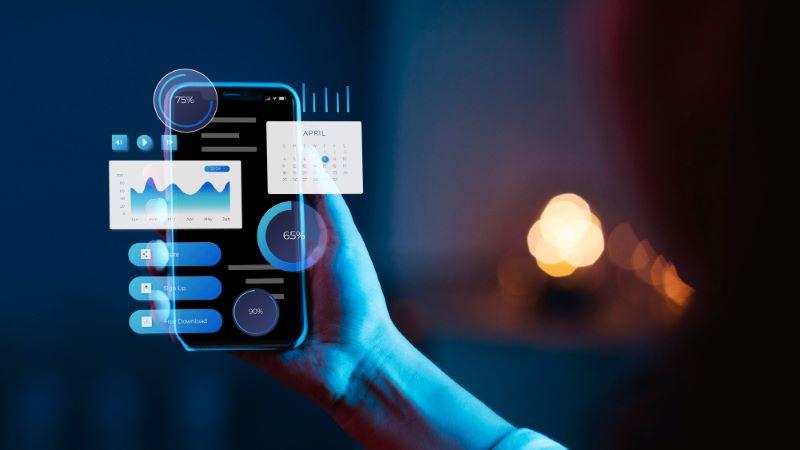Developing a mobile app that resonates with users and meets business objectives is a blend of creativity, strategy, and technical prowess. The mobile app development process plays a pivotal role in transforming your app idea into a functional and successful product. In this article, we’ll dive deep into the essential stages of the mobile app development process, explore best practices, and discuss the latest trends shaping the industry.
Understanding the Mobile App Development Process
At its core, the mobile app development process is a systematic workflow designed to ensure your app achieves its intended goals. It starts with conceptualization and continues through development, testing, launch, and post-launch support. Let's break down each stage for a clearer perspective.
1. Concept and Planning: Setting the Foundation
The first step in the mobile app development process is to define your app's purpose, target audience, and core features. This stage often includes:
- Market Research: Understand user pain points and analyze competitor apps.
- Goal Setting: Determine what success looks like for your app.
- Feature Prioritization: Focus on creating a Minimum Viable Product (MVP).
Without a solid plan, the app development journey can become costly and inefficient.
2. Design: Crafting a Seamless User Experience
Design is not just about aesthetics—it’s about how your app feels to the user. A well-executed design ensures an intuitive and engaging experience. Key steps in this phase include:
- Wireframing: Sketching the app's layout and structure.
- Prototyping: Developing an interactive version for testing.
- UI/UX Design: Focusing on visuals, navigation, and usability.
Design tools like Figma or Sketch can streamline this phase and ensure collaboration between designers and developers.
3. Development: Bringing Your App to Life
This is the heart of the mobile app development process. Developers use programming languages and frameworks to create the app’s functionality. Here's what this phase involves:
- Front-End Development: Handles the user interface (UI) and user experience (UX).
- Back-End Development: Ensures server, database, and API integration.
- Platform Choice: Decide between native (iOS/Android), hybrid, or cross-platform development.
Modern frameworks like Flutter, React Native, or Swift are popular choices depending on your goals.
4. Testing: Ensuring Quality and Performance
No app should go live without rigorous testing. This ensures the app functions smoothly, is free of critical bugs, and offers an optimal user experience. Types of testing include:
- Functional Testing: Validating features work as intended.
- Performance Testing: Ensuring speed and responsiveness.
- Usability Testing: Assessing how users interact with the app.
Automated testing tools like Appium or manual testing by QA experts are essential to this process.
5. Launch: Introducing Your App to the World
The launch phase involves submitting your app to app stores, such as Google Play or Apple App Store. Make sure you:
- Adhere to app store guidelines to avoid rejection.
- Optimize your app listing with compelling descriptions and keywords.
- Promote your app on social media, email campaigns, and other channels.
A strong launch strategy can generate buzz and drive downloads.
6. Post-Launch Maintenance and Updates
The mobile app development process doesn’t end at launch. Continuous monitoring, user feedback, and updates are vital to keeping your app relevant. Regularly:
- Fix bugs and improve security.
- Add new features based on user demands.
- Update to stay compatible with new OS versions.
Successful apps thrive by evolving alongside their audience.
Trends Shaping the Mobile App Development Process in 2024
To stay competitive, it’s essential to align your development process with emerging trends:
- AI and Machine Learning: Personalized user experiences through predictive analytics.
- AR and VR Integration: Immersive experiences in gaming, education, and retail.
- 5G Technology: Enhancing app speed and performance.
- IoT Connectivity: Building apps for smart devices and wearables.
Leveraging these trends can elevate your app and enhance its value proposition.
Best Practices for a Successful Mobile App Development Process
- Focus on Security: Prioritize user data protection and compliance with privacy laws.
- Involve Stakeholders Early: Gather input from all stakeholders to ensure alignment.
- Optimize for Performance: Keep loading times and resource usage low.
- Invest in User Feedback: Regular surveys and reviews can guide updates.
- Choose the Right Tools: Select development tools that suit your app’s complexity and platform.
By following these practices, you can ensure a smoother development journey and a better end product.
Final Thoughts
Mastering the mobile app development process is crucial for creating apps that stand out in a crowded market. By following the outlined stages and staying updated on industry trends, you can deliver an app that meets user needs, achieves business goals, and adapts to future demands.
Whether you're a startup founder or an enterprise business leader, investing time and effort in understanding this process will undoubtedly pay off in the long run.



